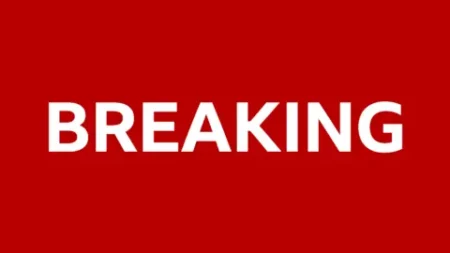In the recent article, acclaimed weather forecaster Carol Kirkwood provides insight into the frequent misinterpretations and perceived inaccuracies inherent in weather forecasting. With her experience of more than three decades presenting the weather, Kirkwood recounts how she often gets approached by the public in various situations, such as supermarkets. They typically express their disbelief about a forecast predicting rain that never came or justify their disappointment if the predicted sunny day gives way to overcast skies. Such encounters, while generally light-hearted and friendly, reveal some larger misunderstandings about the intricacies of weather forecasting and meteorology.
Over the past decade, forecasting accuracy has improved significantly. Research conducted by Liz Bentley, a professor of meteorology at Reading University and chief executive of the Royal Meteorological Society, shows that today’s one-day weather forecasts have a reliability of over 90%. Remarkably, there is still a gap in public trust. A survey by YouGov revealed that 37% of British adults do not trust weather forecasts “very much” or “at all.” Despite these doubts, Kirkwood points out the ironic jokes and references that exist, such as the infamous blunder by forecaster Michael Fish during the 1987 storm when he mistakenly reassured viewers that there wouldn’t be a hurricane.
One of the reasons for seeming inaccuracies is the high expectations set by a society that has become accustomed to instantaneous information from various technologies. In a world where we can swiftly control many aspects of our lives through our smartphones, many find it hard to fathom why precise predictions about localized weather events, such as a rain shower at a specific time, cannot be made with absolute accuracy.
Moreover, the significant data generated by meteorological observations complicates communication. Weather stations gather extensive data concerning temperature, wind speed, and other factors. This information is fed into powerful supercomputers, enabling the generation of forecasts. The recent leap to cloud-based technology symbolizes progress, enhancing accuracy and supporting climate research.
However, Kirkwood explains that any small error in initial observations can lead to dramatically different predictions. This principle is often illustrated by Chaos Theory or the Butterfly Effect, highlighting how tiny changes can ripple through atmospheric predictions. For instance, predictions for localized weather events suffer more substantial challenges due to limitations in both the size of weather events that can be modeled and the potential for technology glitches.
As meteorological models develop, forecasters increasingly employ ensemble forecasts, which test various outcomes based on slight variations. Confident predictions arise when numerous models align, while divergent results underline uncertainty. Hence, predictions such as a “10% chance of rain” serve to express likelihood rather than certainty.
The BBC has re-established its partnership with the Met Office, aiming to combine expertise and improve communication strategies about forecasts. Experts suggest that adapting to a more storytelling approach to weather communication might render forecasts more relatable. Rather than merely offering statistical chances, this could involve referencing past weather events, thus framing the predictions in more understandable terms.
Kirkwood also notes that artificial intelligence is emerging as a transformative force in the forecasting field. With models like Google’s DeepMind enabling predictions up to 15 days in advance, there is potential for significantly enhanced long-term forecasting accuracy; yet challenges remain in predicting unprecedented weather patterns influenced by climate change.
In conclusion, while the execution of weather forecasting has improved drastically, public expectations continue to outpace technological advancements, leading to occasional confusion or disappointment. With evolving methods, including AI-driven predictive models and innovative communication strategies, the future may not only see more reliable forecasts but also a clearer understanding of the weather for the public.












